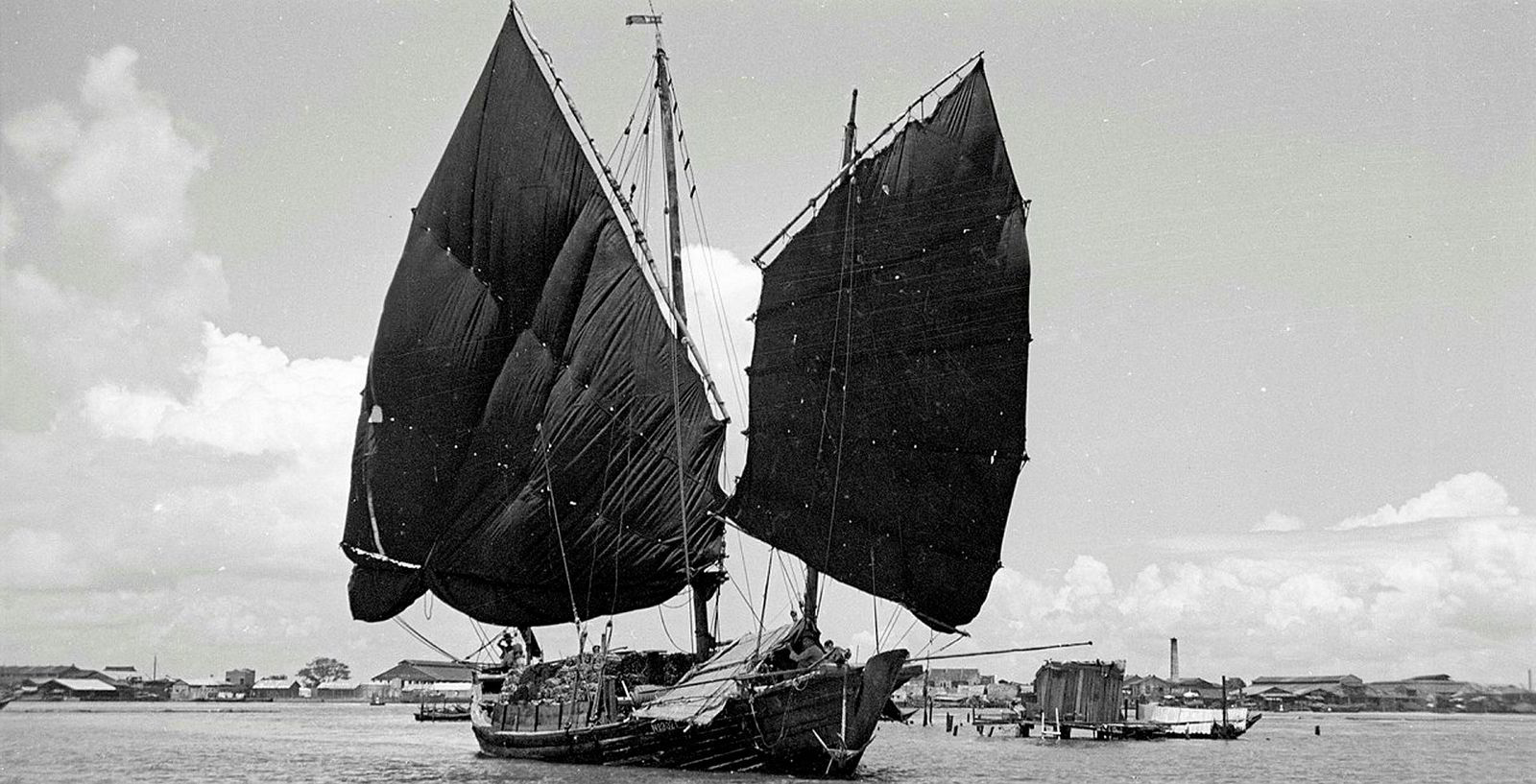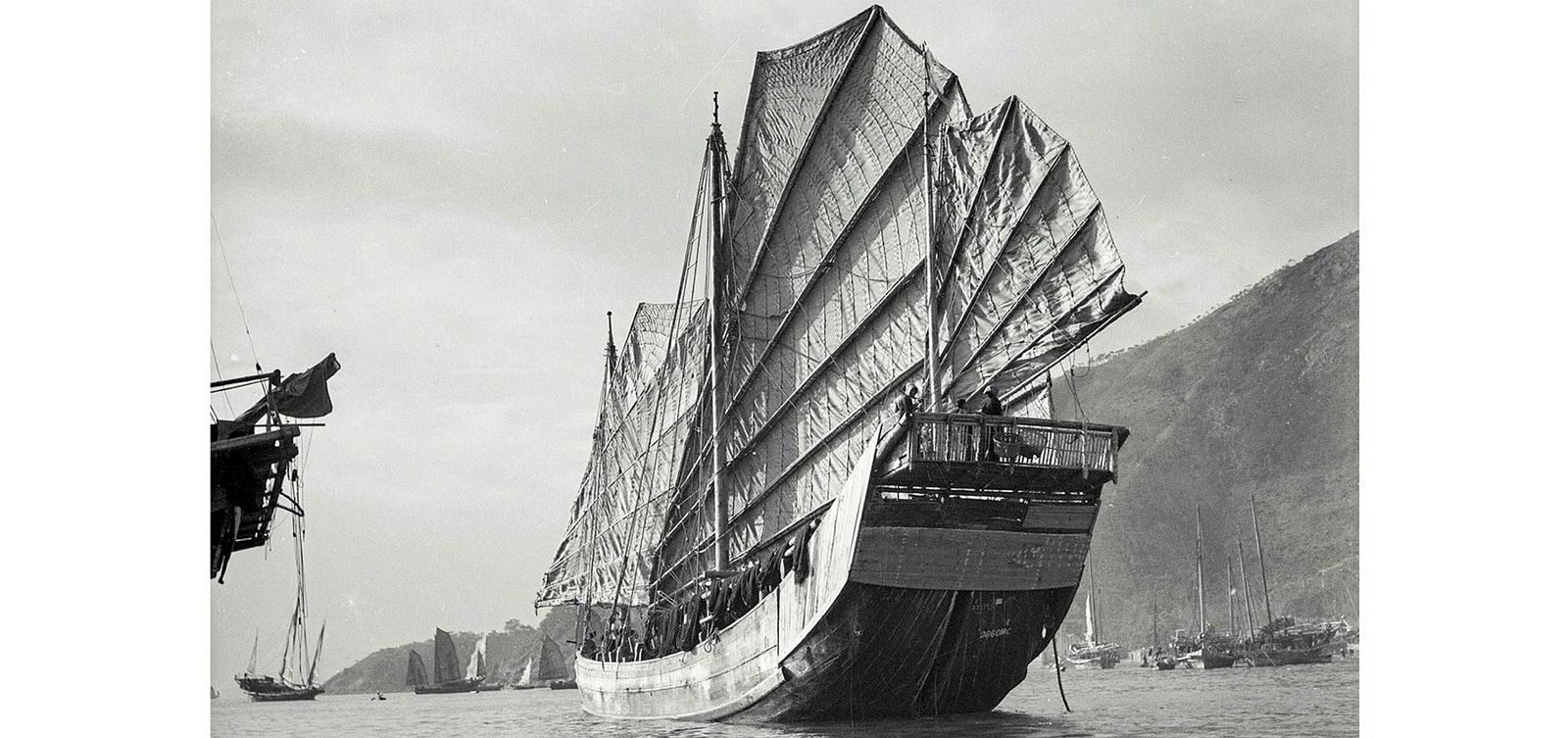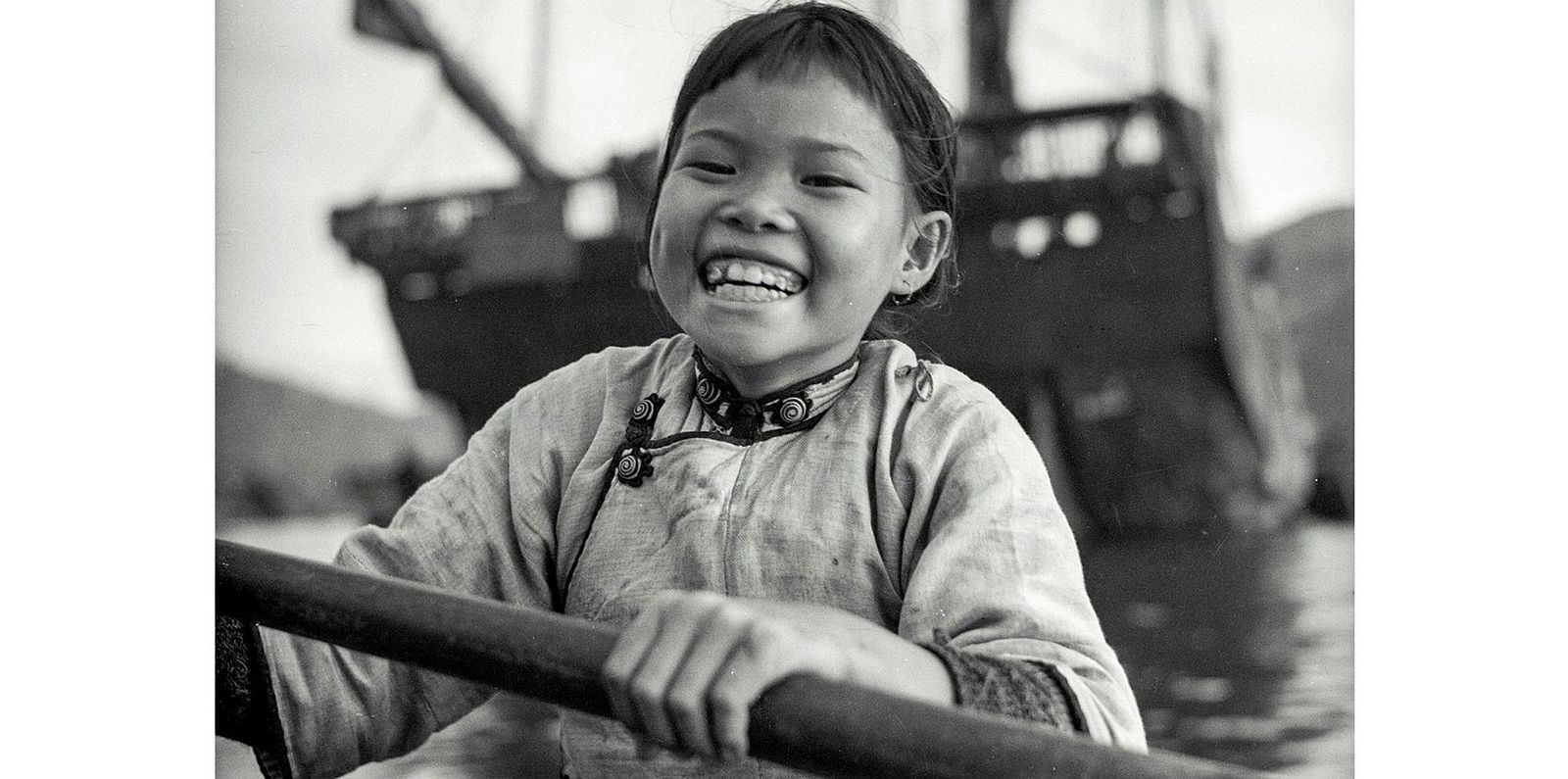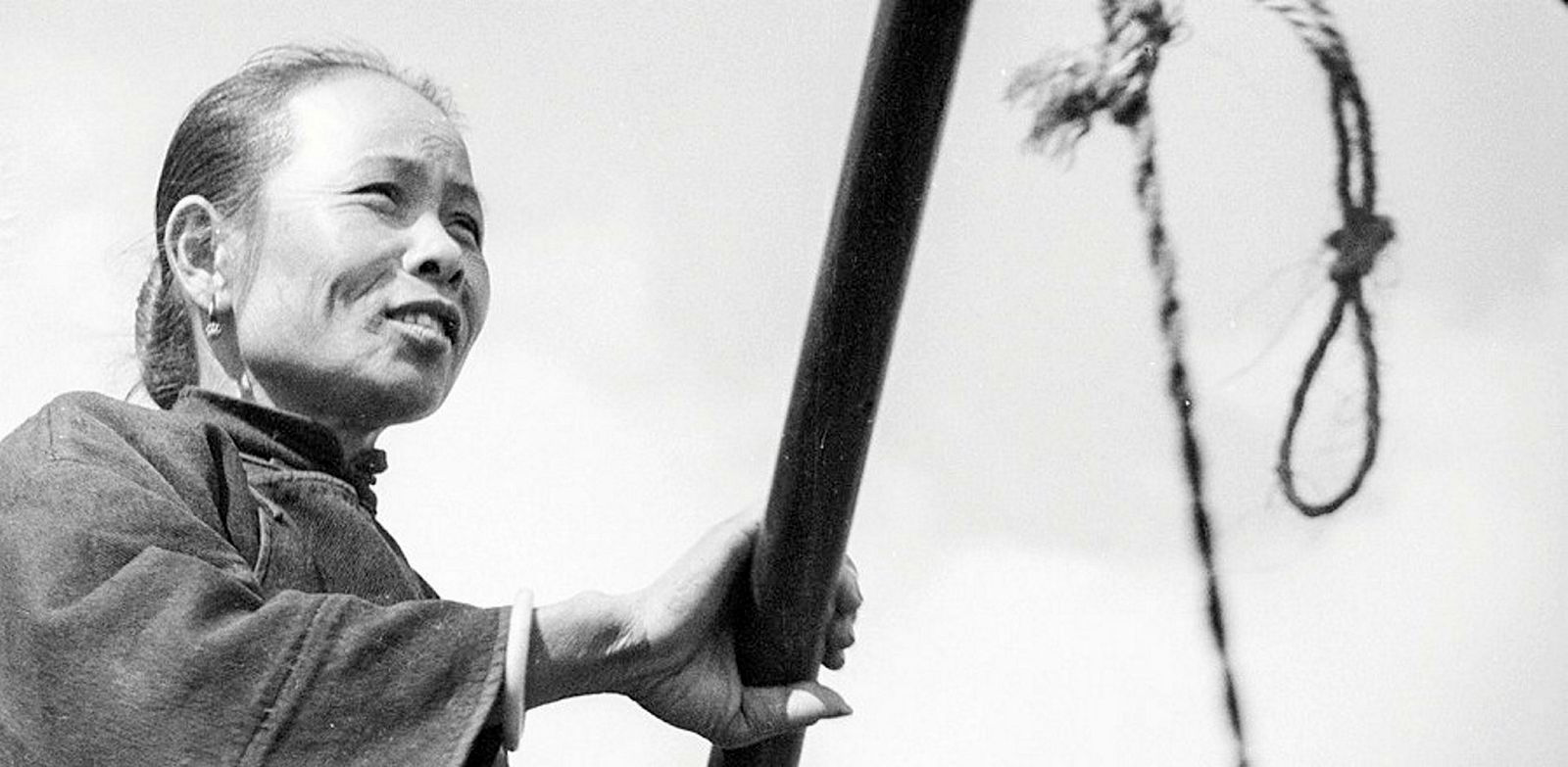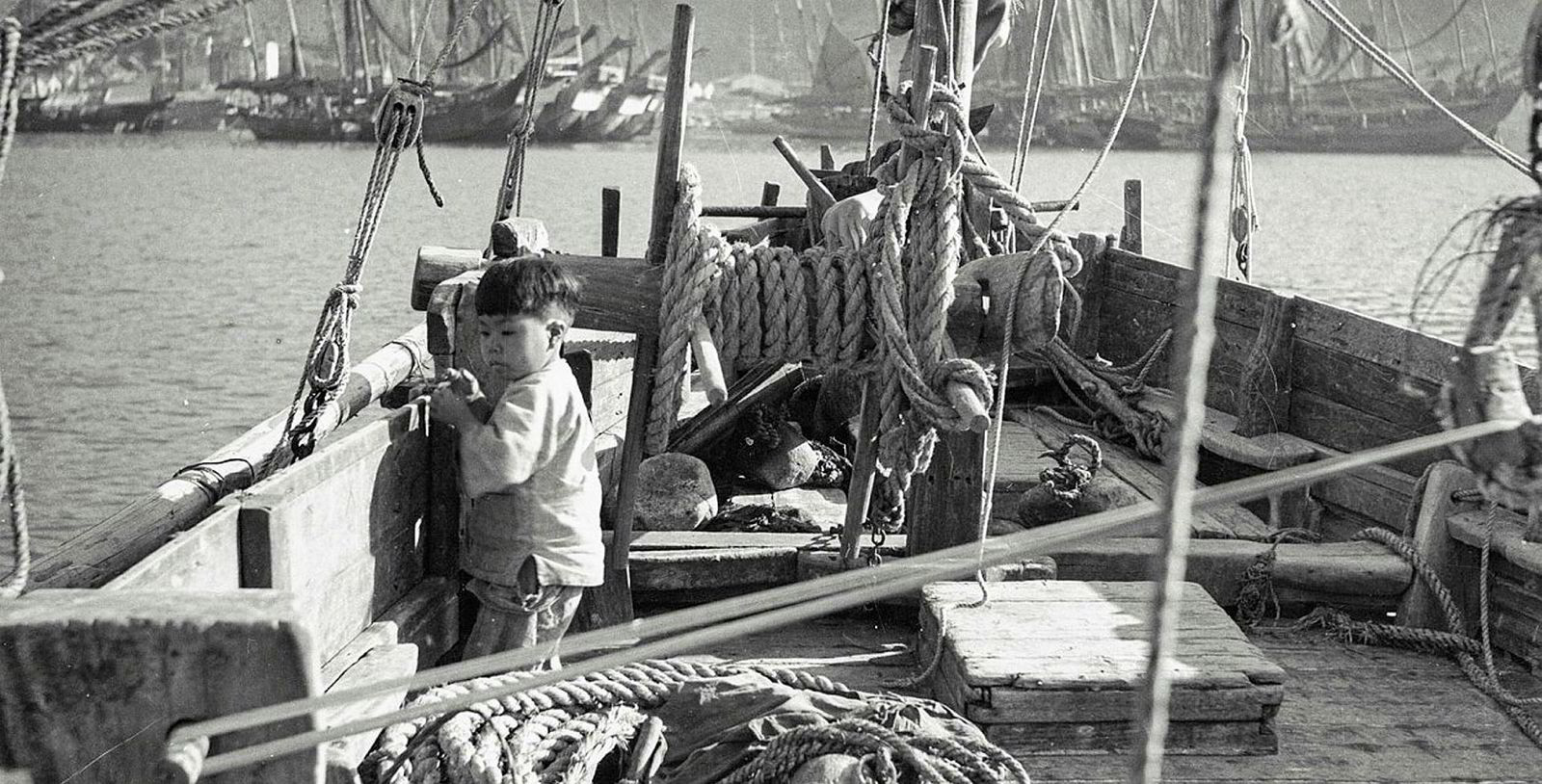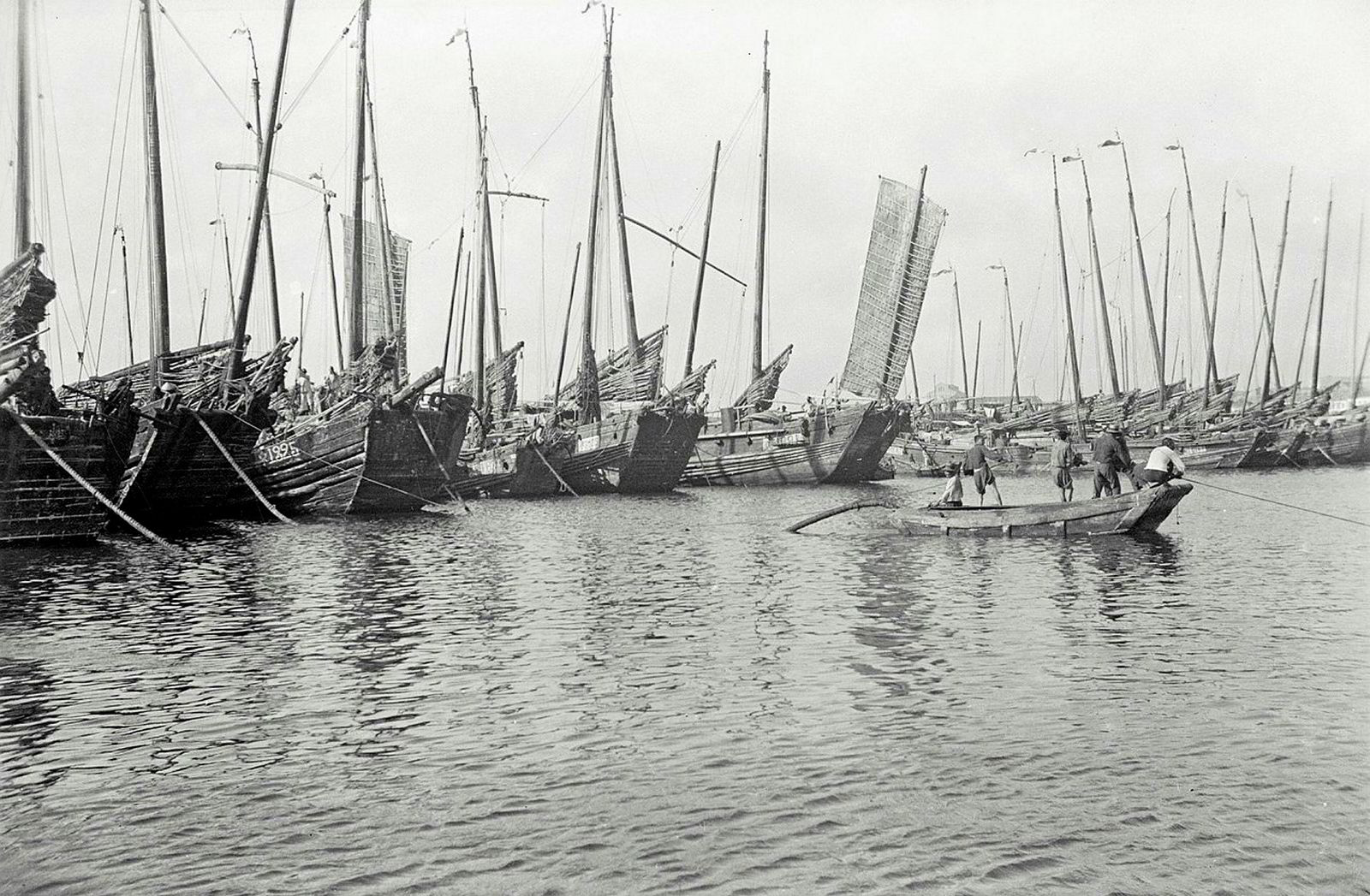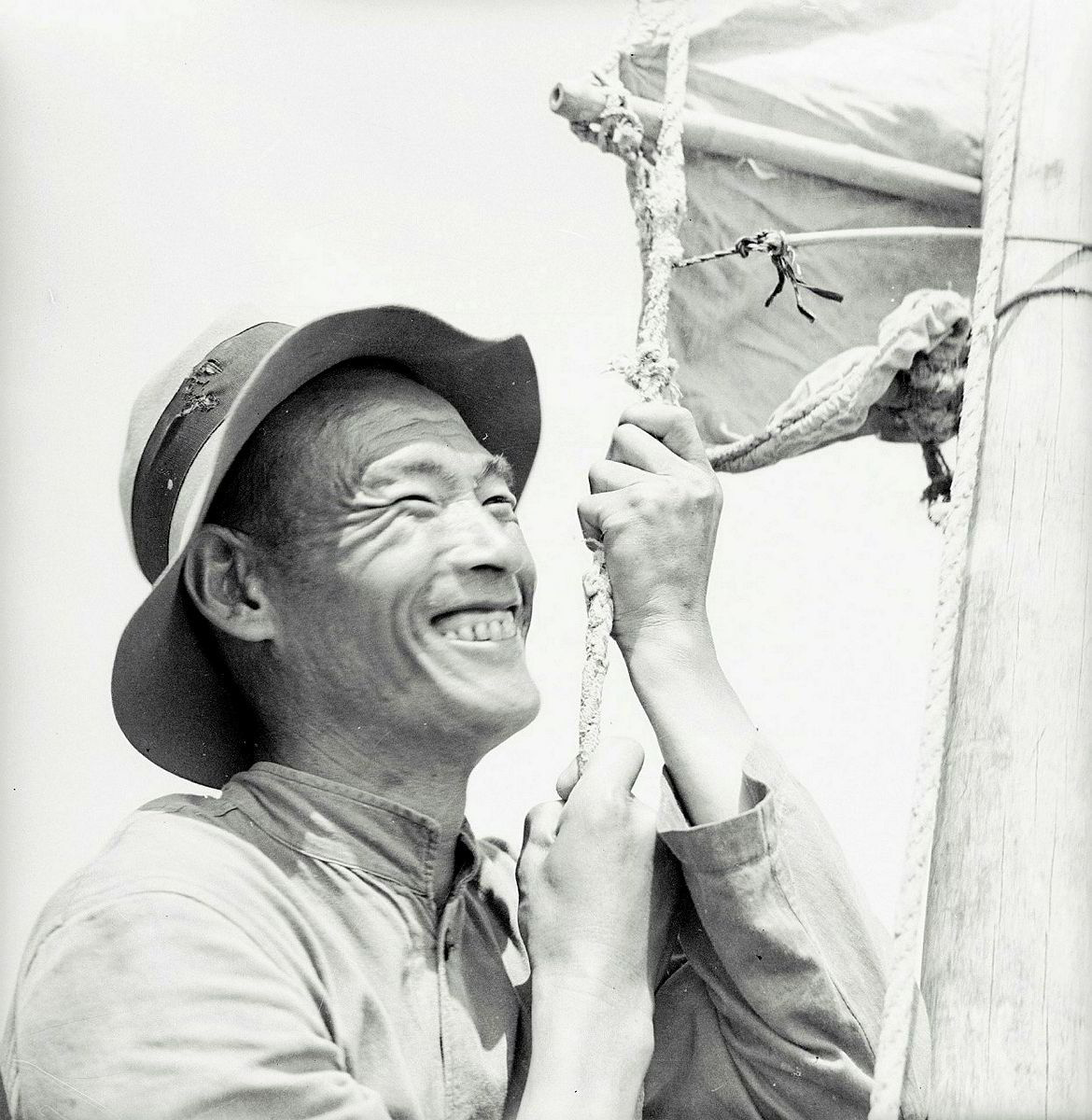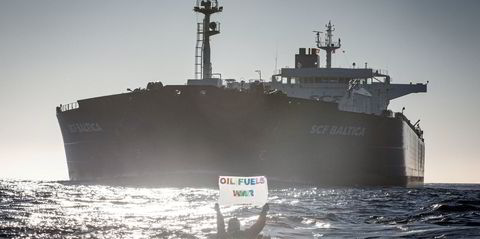An exhibition of rare images of Chinese junks and sampans photographed in the 1930s is touring museums in China.
Sampan Girl Smiles: Images from the David Waters Collection was developed by Royal Museums Greenwich and the Institute of Ancient Chinese Ships.
Lieutenant-Commander David Waters (1911-2012) served in the Royal Navy on the China Station in the 1930s, taking more than 700 photographs of indigenous Chinese craft.
The exhibition opened at the Ninghai Maritime Museum in Ningbo and will move to Guanghzou from March to June 2018. It is hoped the tour will continue at the Maritime & Port Authority in Singapore from September to November, and the Hong Kong Maritime Museum would like to host it in early 2019.
Waters served with the British Fleet Air Arm in China in 1937-38. His ship, HMS Eagle, visited Hong Kong in the south, Weihaiwei and Qingdao in the north and Taku and Chinwangtao in the far north.
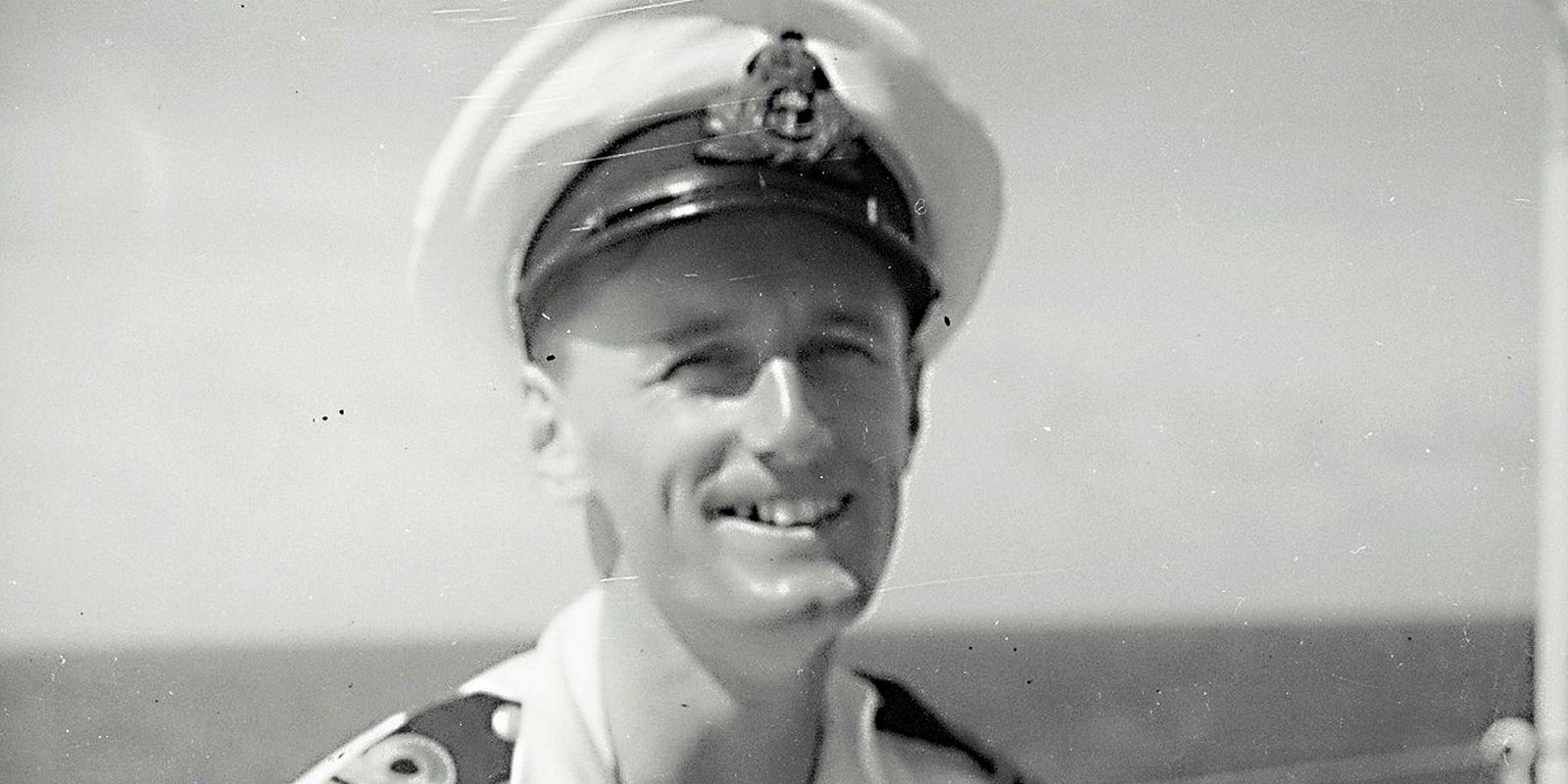
The photographic collection comprises 658 nitrate film negatives, with 262 prints on display. A small number are images of Fleet Air Arm Swordfish aircraft ashore at Hong Kong, but more than 600 of the pictures feature junks and sampans.
During World War II, Waters led bombing attacks by Swordfish aircraft on Italian ports, but in August 1940 he crashed into the sea off Augusta in Sicily and was captured.
Imprisoned on an island in the Venice lagoon, he was asked to quell a mutiny by British crew from the submarine HMS Oswald who refused to obey their officers or their Italian captors, according to his obituary in The Daily Telegraph. The submariners had ostracised their officers for allegedly abandoning their boat without resistance.
After the war, Waters wrote a 400-page study of the battle of the Atlantic while working in the naval history section of the Admiralty, before being appointed curator of navigation and astronomy at the National Maritime Museum.
He later became deputy director there until his retirement in 1978, donating his collection, which includes watercolour paintings, journals and ship models, to the museum.
